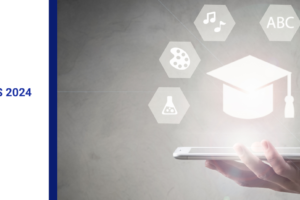
Virtual Reality and Augmented Reality in Education
Innovation distinguishes leaders from followers, technology is not a fad but a tool to facilitate learning, creating a context and experiences in which students learn in a more dynamic and creative way. The aim is to create innovative, novel learning experiences that excite students.
Prior to the implementation of this type of technology, we must consider aspects such as:
- Define what I am going to use VR and AR for and how it will benefit the learning process.
- Define which instruments could ensure the achievement of the expected learning.
- Define which instruments and tools we will use to achieve the above points.

In the first steps, prior to the implementation of new VR and AR technologies, it is advisable to experiment, starting with preliminary tests, choosing for example two or three students, recording the results, and then making the necessary adjustments, always prioritizing the achievement of the proposed learning. Documenting the results will allow them to be shared with other teachers.
There are a wide variety of virtual reality and augmented reality tools, many of them specialized in specific subjects.
Just to mention a few examples of VR and AR tools, we can find:
- Inmind: is a learning tool for biological sciences.
- Virtual speech: useful for rehearsing public speaking, helping to overcome social phobia, allows students to develop communication skills.
- EON-XR Classic: is a virtual and augmented reality application packed with features for different subjects.

Currently it is possible to find a wide variety of VR and AR tools on specific subjects and topics, remember to analyze, test, experiment and implement those that best suit the needs of your students and learning objectives.
Let’s remember that the main objective of using virtual reality and augmented reality in education is to make students of any educational level learn in a more dynamic and creative way, offering them materials with new formats and new dynamics that go out of the routine, it is about connecting with their emotions, so that learning is achieved and lasts.



